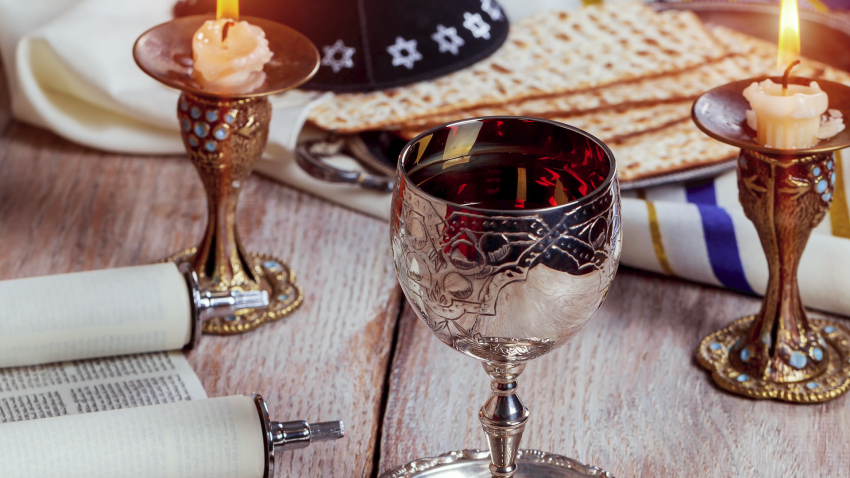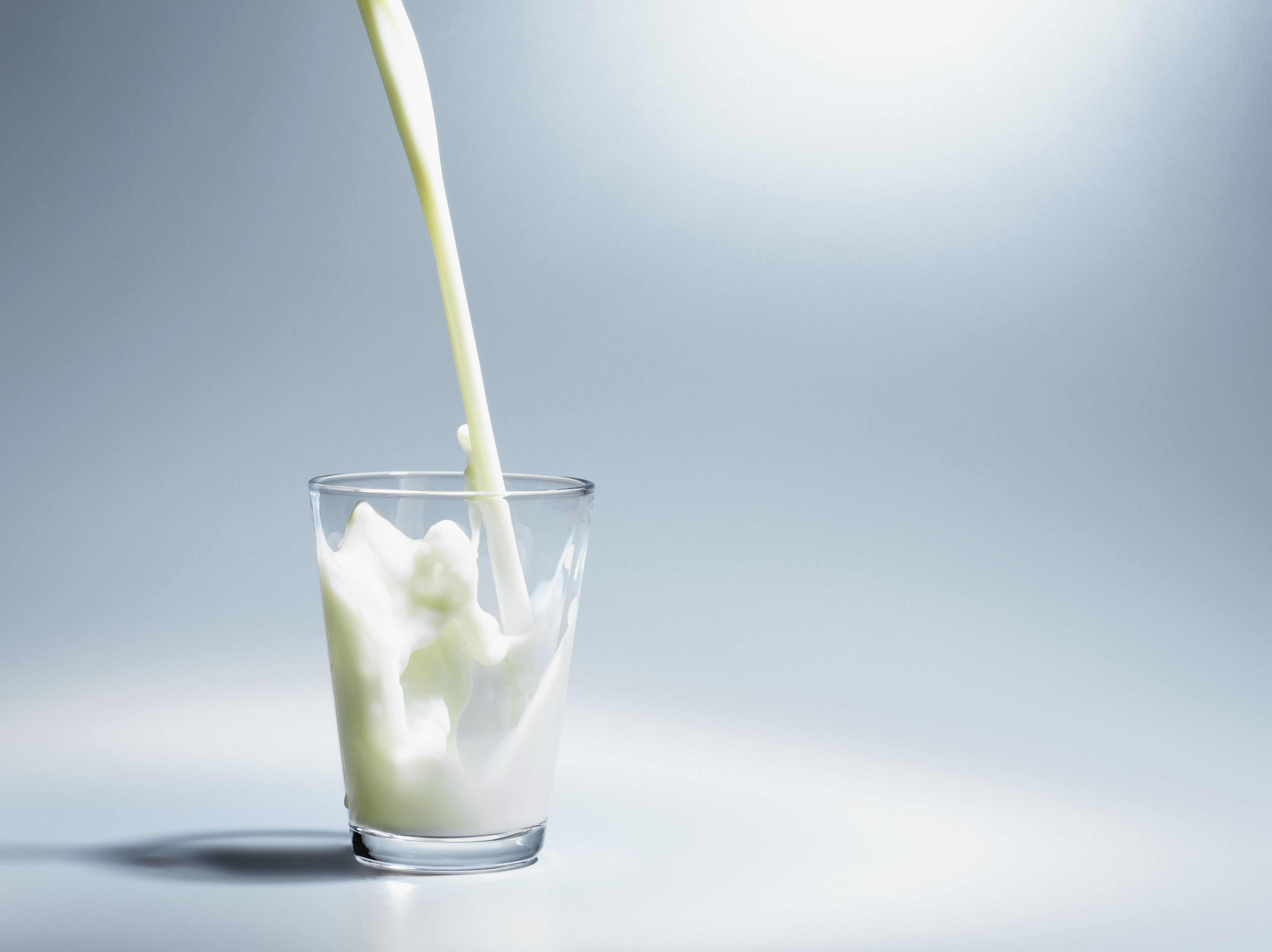The major Jewish holiday of Passover begins Saturday, commemorating the exodus of ancient Israelites from slavery in Egypt, as recounted in the Bible.
The holiday, which is celebrated over seven days or eight days, is considered the most widely observed of any Jewish holiday, symbolizing freedom and the birth of a Jewish nation.
Stream NBC 5 for free, 24/7, wherever you are.
And while the celebrations again occur amid anxieties related to the unresolved Israel-Hamas war in Gaza and the specter of widespread antisemitism, the holiday remains festive, with large Seders filled with family, friends and visitors.
As the holiday begins, here's what to know.
When does Passover start for 2025?
Passover — known as Pesach in Hebrew — begins at sunset on Saturday, April 12, and ends after nightfall on Sunday, April 20. By tradition, it will be celebrated for seven days in Israel. Jewish Americans typically observe the holiday for eight days.
What are key Passover rituals and traditions?
Local
For many Jewish people, Passover is a time to reunite with family and recount the exodus from Egypt at a meal called the Seder. Observant Jews avoid various grains known as "chametz," a reminder of the unleavened bread the Israelites ate when they fled Egypt quickly with no time for dough to rise. Matzah is typically eaten, while most breads, pastas, cereals, cakes and cookies are off-limits.

Feeling out of the loop? We'll catch you up on the news you need to know with the Chicago Catch-Up newsletter.
What is the story of Passover?
According to the Book of Exodus in the Torah, the Jewish people were enslaved in Egypt and subject to intense labor by Pharoah. When God caught wind of this, he sent Moses to Pharoah to free the Jews. Moses asked Pharoah to let his people go, but Pharoah refused, causing God to send down plagues.
For the last of the ten plagues, God asked the Jews to offer a lamb or goat and smear its blood on their doorposts as a way to show that their house was Jewish. Then God went through all the houses and killed the first-born son of every Egyptian house, purposely passing over the Jewish homes. In Hebrew, Passover is called Pesach, meaning "to pass over.”
This last plague pushed Pharoah over the edge. And so, he decided to set the Israelites free. Since they wanted to leave before Pharoah changed his mind, they didn’t have time to wait for their bread to rise. (Hence why Jews eat matzah and refrain from eating leavened bread on Passover.)
From there, the Israelites wandered in the desert for 40 years before going to Mount Sinai.
The Passover Seder
It's customary for a Seder (Hebrew for "order") meal to be held on the first two nights of Passover. A traditional Seder includes 15 steps.
The Seder includes reading the Haggadah (which recounts the Jewish people’s exodus from Egypt to the promised land), drinking four cups of wine, singing and eating symbolic foods. During the meal, the children recite the four questions, which all aim to answer the overarching question: What makes this night different from all other nights?
- On all nights we need not dip even once, on this night we do so twice?
- On all nights we eat chametz or matzah, and on this night only matzah?
- On all nights we eat any kind of vegetables, and on this night maror?
- On all nights we eat sitting upright or reclining, and on this night we all recline?
During the Seder there is also a hiding of the matzah called the Afikoman. The Afikoman is hidden, with a prize for those who find it (typically children) given at the end of the Seder.
At the meal a dish called the Seder plate is placed on the table. The plate, and the food on the plate, is filled with symbolism, with each of the six foods on the plate holding a different meaning:
- Matzah represents the unrisen bread.
- Zeroa (shankbone) represents the lamb that was sacrificed on the eve of the exodus from Egypt.
- Beitzah (egg) represents a pre-holiday offering that was brought to the temple.
- Maror and Chazeret (bitter herbs, often horseradish) represents the bitterness of slavery.
- Charoset (a traditional Jewish dish made of apples, pears, nuts and wine) represents the bricks made by the Jews as slaves.
- Karpas (vegetables) represents the hard work of the Jews as slaves.
Aside from the Seder plate, people munch on other beloved dishes, everything from matzah ball soup to brisket.
One of the final Seder steps is pouring a fifth cup of wine and opening the door for the prophet Elijah.



